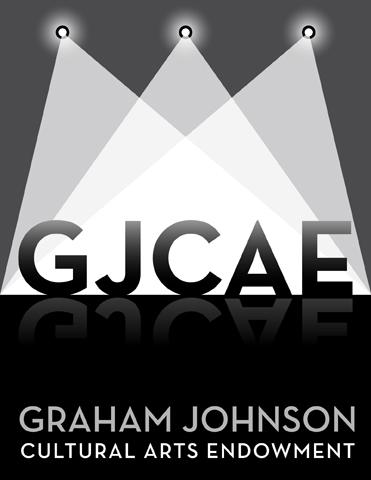In 1987 Dr. Giovanni De Domenico (Gion) was one of the first to show that there are two methods of pain control. The popular Melzack/Wall "gate control" theory was the dominant theory. Gate control focused on the inhibition of the upward flow of electrical stimulus from the source of pain, to the spinal cord, and transmission up the spinal cord to the brain cortex for interpretation and reaction.
The gate control theory fits very conveniently into the process of electrical stimulation of "non pain fibers" to enhance the deliverability of non pain messages. If non pain fibers are stimulated by an external interferential functional restoration device, then the pain fibers are not allowed access to the spinal cord for transfer to the brain. This theory fit in very nicely for explaining the way a tens ( transcutaneous electrical nerve stimulator ) worked to suppress the unnatural chronic pain stimulus. As long as one wore the tens unit then the pain message was prohibited from ascending to the brain. In general conversation this is called an "ascending theory of pain", i.e. moving up or toward the brain - ascending.
Dr. De Domenico had another theory of a descending inhibitor of chronic pain. Gion's observations were formed by his early work with the use of interferential therapy for functional restoration. Gion had observed that most patients, following interferential therapy in the clinic, had long periods of time relatively painfree. He knew it could not be explained by the existence of an ongoing external electrical stimulus from a tens type machine. In the absence of external stimulation there would be no inhibition to an ascending message. Gion proposed the internal existence of a descending inhibitory message that was preventing the recurrence of pain message stimuli.
Dr. Gion explained that it was obviously not produced pharmacologically if the patient was not taking medications so he hypothesized it could be an internal pharmacological phenomena induced by interferential stimulation. He showed how the cortex of the brain actually helped produce natural pain inhibitors naturally by a descending pathway down the spinal column that blocked the pathways chemically for pain stimulus signals to be transported.
The descending pathway theory, coupled with the work of Dr. Sjolund showing the importance of internal peptides, most common being enkelphalins and endorphins, created the natural process on internal chemical change to stop unnatural chronic pain signals. This chemical process internally is what today drives the non pharmacological method of pain control using functional restoration interferential techniques.
Generally speaking the idea of allowing external pharmacological agents to be used for chronic pain has too many undesirable side effects, including death or furtherance of disease processes, and can be costly. External physical medicine electrical therapies are creating natural methods of helping chronic pain patients suffering from debilitating disease such as neuropathies, fibromyalgia, chemotherapy induced nerve damage, and even RSD, reflex sympathetic dystrophy, to have hope for natural production of inhibitory chemicals to stop chronic pain signals.
Today the carryover effects of Infrex Plus interferential therapy, on an "as needed basis", at home therapy is reconfirming the mechanisms of a descending pain control mechanism in the body activated by external interferential stimulation.


